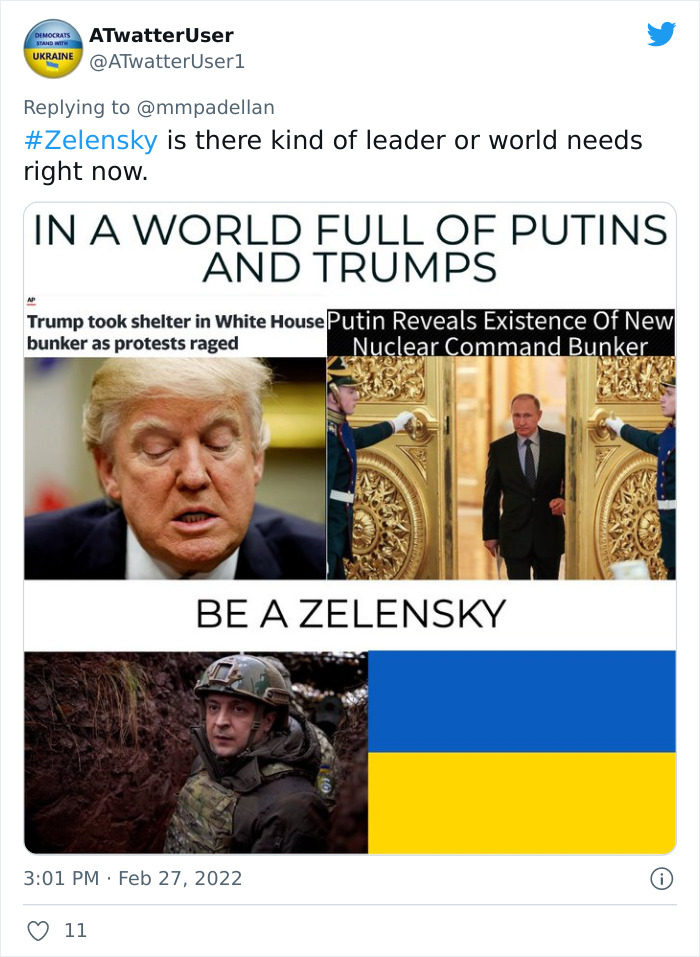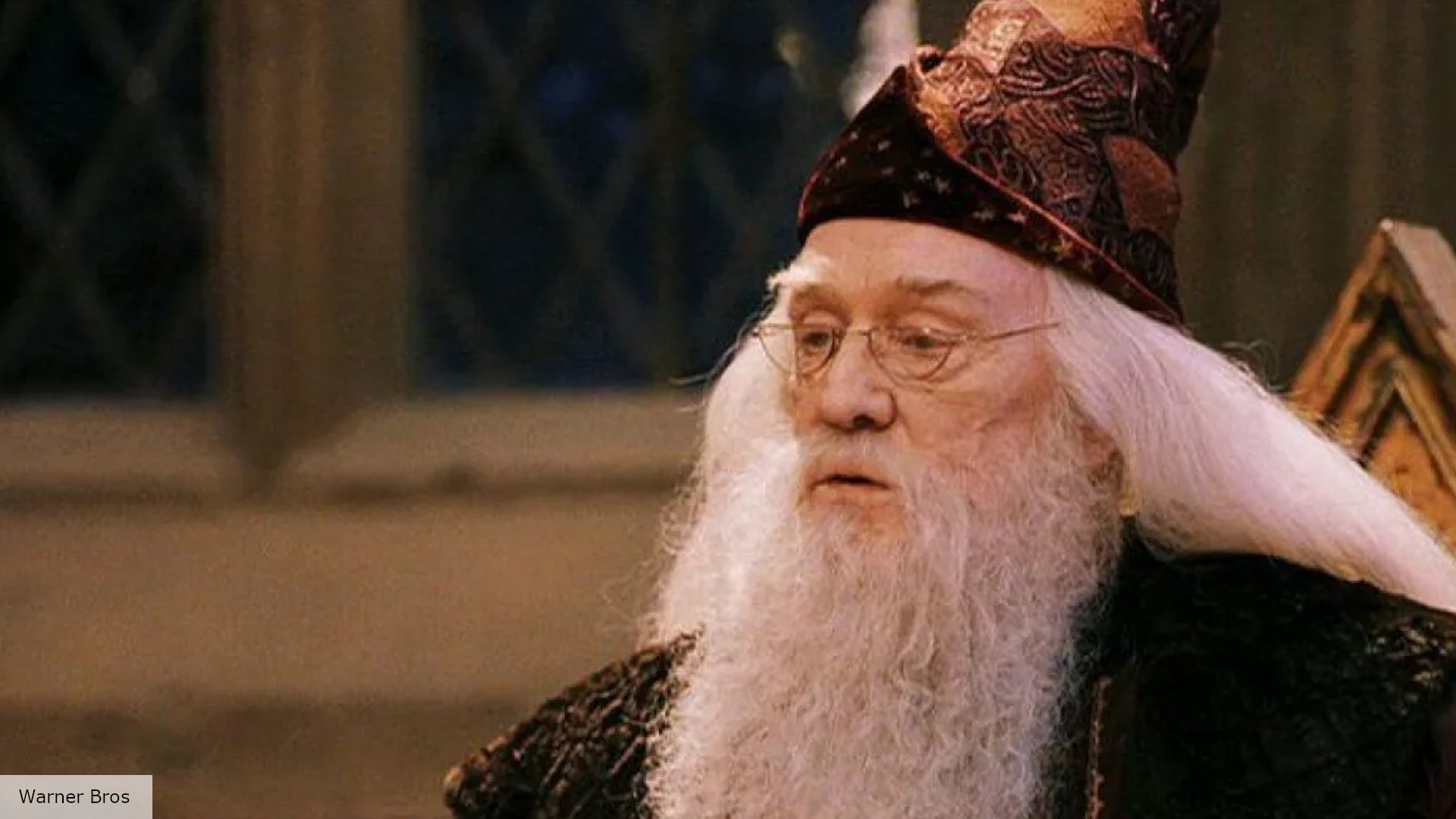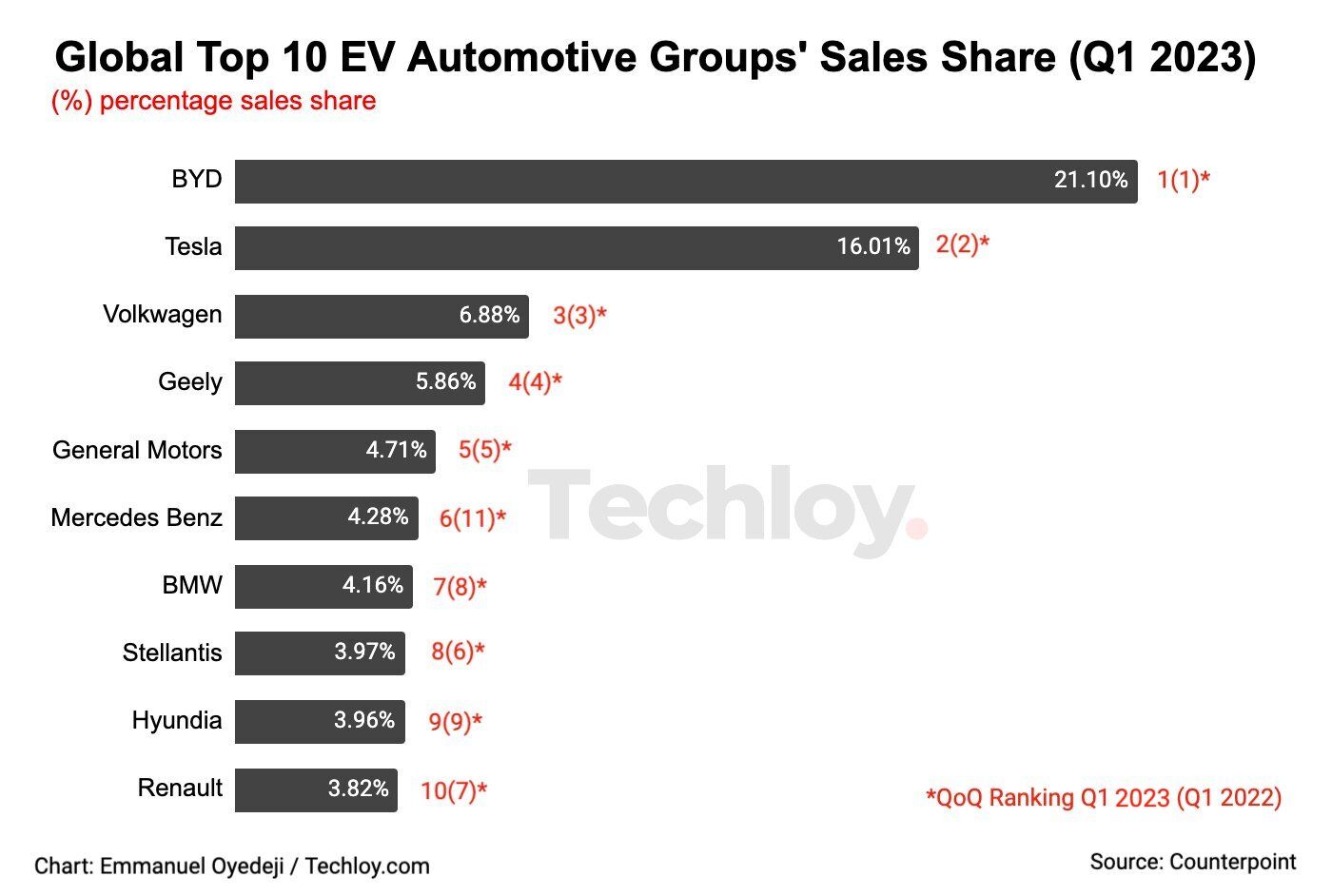Ukraine And Russia: A Look At The Changing Dynamics Of US And European Pressure

Table of Contents
The Escalation of Sanctions and Their Impact
The international community's response to Russia's aggression has been largely defined by a wave of unprecedented sanctions. These measures aim to cripple the Russian economy and compel a change in its behavior.
Economic Sanctions Against Russia
The sanctions imposed on Russia are multifaceted, targeting various sectors of its economy. These include:
- Financial sanctions: Freezing of assets held by Russian banks and oligarchs, exclusion from the SWIFT international payment system, and restrictions on access to international capital markets. These measures aim to severely limit Russia's ability to finance its war effort and conduct international transactions.
- Energy sanctions: Restrictions on the import of Russian oil and gas, aiming to reduce Russia's energy revenue, a significant pillar of its economy. This has had a particularly strong impact given Russia's role as a major energy exporter.
- Technological sanctions: Restrictions on the export of advanced technologies and components crucial for Russia's military and industrial sectors. This limits Russia's capacity to modernize its weaponry and sustain its industrial base.
The impact of these sanctions has been significant, leading to:
- High inflation: The ruble's devaluation and supply chain disruptions have fueled inflation, significantly impacting the Russian population's purchasing power.
- Reduced GDP growth: The sanctions have severely hampered Russia's economic growth, forecasting a prolonged period of economic contraction.
- Capital flight: Wealthy Russians have moved significant assets outside the country, further weakening the Russian economy.
While the effectiveness of sanctions in achieving immediate policy goals remains a subject of debate, their long-term impact on the Russian economy is undeniable.
- Example 1: The SWIFT sanctions severely hampered Russia's ability to conduct international trade.
- Example 2: The restrictions on oil exports have significantly reduced Russia's energy revenues.
- Example 3: The technology sanctions have hindered Russia's ability to produce advanced weaponry.
Impact on European Economies
The sanctions against Russia have not been without cost for European nations. The dependence of many European countries on Russian energy has led to:
- Energy price increases: The sanctions and reduced energy supply from Russia have triggered sharp increases in energy prices across Europe, impacting businesses and consumers alike.
- Supply chain disruptions: The war in Ukraine and the sanctions have disrupted supply chains, leading to shortages of various goods and impacting industrial production.
This situation has fueled a debate within Europe about the balance between supporting Ukraine and mitigating economic hardship at home. European economies have shown resilience and adaptability, diversifying energy supplies and investing in renewable energy sources, but the economic consequences of the conflict remain substantial.
- Example 1: Germany, heavily reliant on Russian gas, has experienced significant energy price increases.
- Example 2: The disruption of grain exports from Ukraine has impacted food prices across Europe.
- Example 3: Several European countries have implemented measures to mitigate the impact of increased energy prices on their citizens.
Military and Security Assistance to Ukraine
In addition to sanctions, the US and European allies have provided significant military and security assistance to Ukraine.
US and European Military Aid
The aid provided to Ukraine includes:
- Weapons: A wide range of weaponry, from anti-tank missiles (like Javelins) to advanced air defense systems, have been supplied to bolster Ukraine's defense capabilities.
- Training: Ukrainian soldiers have received extensive training from Western militaries on the use of provided weaponry and modern military tactics.
- Intelligence: Western intelligence agencies have provided crucial intelligence to help Ukraine's military target Russian forces and anticipate enemy movements.
This assistance has played a crucial role in Ukraine's ability to resist Russian aggression, improving its defense capabilities and impacting the battlefield significantly. The effectiveness of this aid is constantly being assessed and adjusted based on the evolving situation on the ground.
- Example 1: The US has provided significant quantities of Stinger anti-aircraft missiles.
- Example 2: The UK has trained Ukrainian soldiers in the operation of various weapon systems.
- Example 3: Several European nations have supplied Ukraine with artillery and armored vehicles.
NATO's Role and its Implications
NATO's response to the conflict has been a significant factor in shaping the dynamics of US and European pressure on Russia and Ukraine. While NATO has refrained from direct military intervention in Ukraine, its actions have been crucial:
- Increased military presence in Eastern Europe: NATO has significantly increased its military presence in Eastern European member states bordering Ukraine, deterring further Russian aggression.
- Sanctions support: NATO members have been key players in coordinating and implementing the sanctions against Russia.
- Debate on Ukrainian membership: The ongoing discussion regarding Ukraine's potential NATO membership is a key element of the geopolitical dynamics surrounding the conflict.
The potential risks and benefits of increased NATO involvement in the conflict continue to be debated, impacting the broader strategic calculations of the alliance.
- Example 1: NATO has deployed additional troops to Poland and the Baltic states.
- Example 2: NATO has provided significant logistical and communication support to Ukraine.
- Example 3: The ongoing debate over Ukraine’s potential NATO membership highlights the complex security considerations involved.
Diplomatic Efforts and International Pressure
Alongside sanctions and military aid, diplomatic efforts and international pressure have played a significant role in shaping the response to the crisis.
Attempts at Negotiation and Mediation
Various international actors have attempted to negotiate a peaceful resolution to the conflict. However, these efforts have been consistently hampered by several challenges:
- Lack of trust: The deep mistrust between Russia and Ukraine, and the West's lack of confidence in Russia's commitments, has made negotiations difficult.
- Differing objectives: Russia and Ukraine have significantly different objectives, hindering the possibility of compromise.
- Escalation of conflict: The continuous escalation of fighting on the ground undermines attempts at diplomacy.
International organizations like the UN have played a limited role in mediating the conflict due to the Security Council's veto power held by Russia.
- Example 1: Several attempts at ceasefire negotiations have failed to produce lasting results.
- Example 2: International mediation efforts have faced challenges in securing Russia's commitment to peaceful resolutions.
- Example 3: The UN's role has been largely limited to humanitarian aid and condemnation of Russian aggression.
International Condemnation and Isolation of Russia
The international community's condemnation of Russia's actions has led to Russia’s increasing isolation on the global stage. This isolation includes:
- Diplomatic expulsion: Many countries have expelled Russian diplomats in response to the invasion.
- International condemnation: Numerous international statements and resolutions have condemned Russia’s actions.
- Boycotts and withdrawals: International organizations and sporting events have boycotted Russia or withdrawn from Russian events.
This international pressure has aimed to influence Russia's behavior and isolate it from the global community, though its long-term effectiveness remains to be seen.
- Example 1: The International Criminal Court has issued an arrest warrant for Vladimir Putin.
- Example 2: Many countries have imposed travel bans on Russian officials.
- Example 3: Russia has been expelled from several international organizations.
Conclusion
The evolving dynamics of US and European pressure on Russia and Ukraine present a complex and multifaceted challenge. While sanctions and military aid have had a tangible impact, achieving a lasting resolution requires a multifaceted approach involving sustained economic pressure, continued military support for Ukraine, and persistent diplomatic efforts. Understanding the changing dynamics of this pressure is critical to comprehending the future of the conflict. Further research into the effectiveness of various pressure tactics and the long-term consequences is necessary. To stay informed about the latest developments regarding US and European pressure on Russia and Ukraine, continue to follow reputable news sources and analytical reports.

Featured Posts
-
 Atalanta Bologna Fecha 32 Serie A Sigue El Partido En Vivo
May 13, 2025
Atalanta Bologna Fecha 32 Serie A Sigue El Partido En Vivo
May 13, 2025 -
 Eva Longorias New Travel Series Release Date And Trailer Revealed
May 13, 2025
Eva Longorias New Travel Series Release Date And Trailer Revealed
May 13, 2025 -
 Sportivnoe Rukopozhatie Reaktsiya Kostyuk Na Kasatkinu
May 13, 2025
Sportivnoe Rukopozhatie Reaktsiya Kostyuk Na Kasatkinu
May 13, 2025 -
 2025 Nhl Draft Lottery Results Top 3 Picks Announced
May 13, 2025
2025 Nhl Draft Lottery Results Top 3 Picks Announced
May 13, 2025 -
 Brazils Ev Market Byds Growing Dominance And Fords Shrinking Share
May 13, 2025
Brazils Ev Market Byds Growing Dominance And Fords Shrinking Share
May 13, 2025
